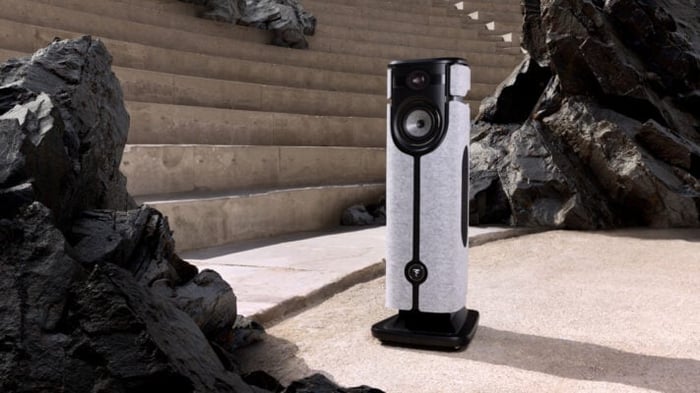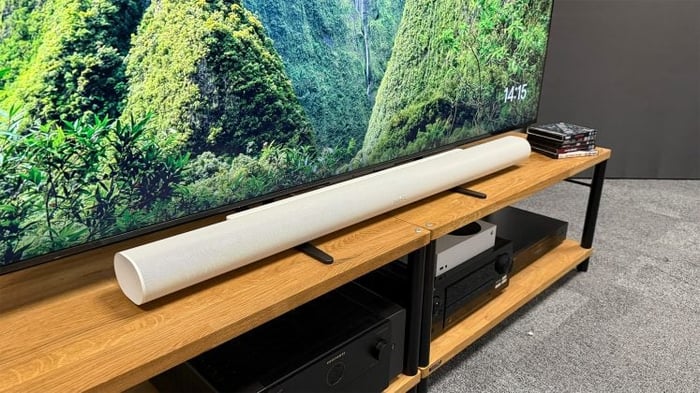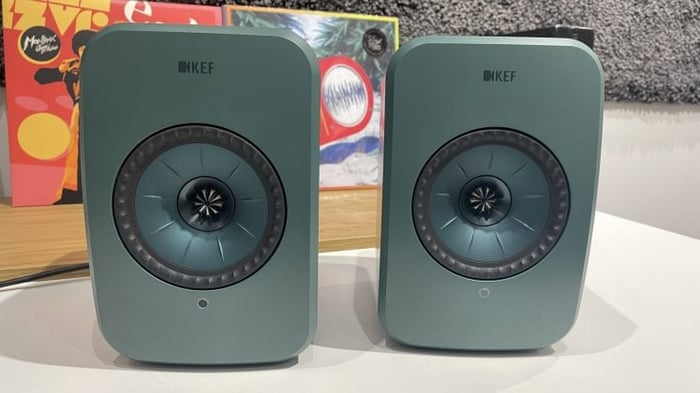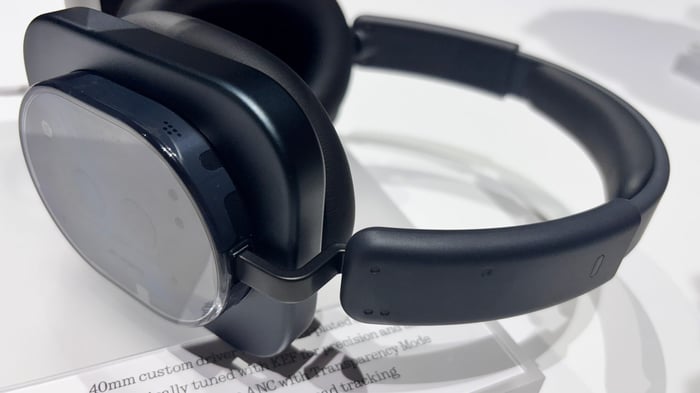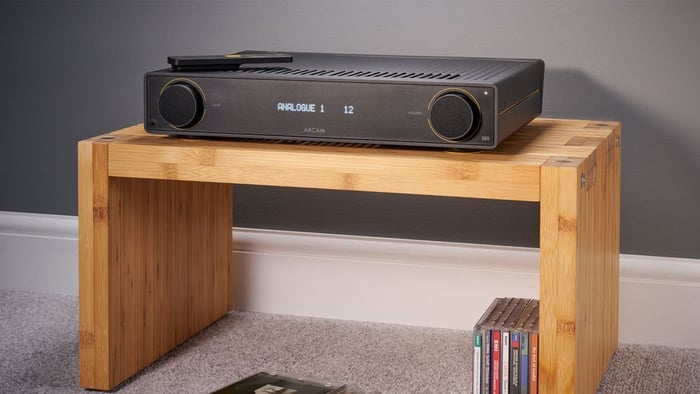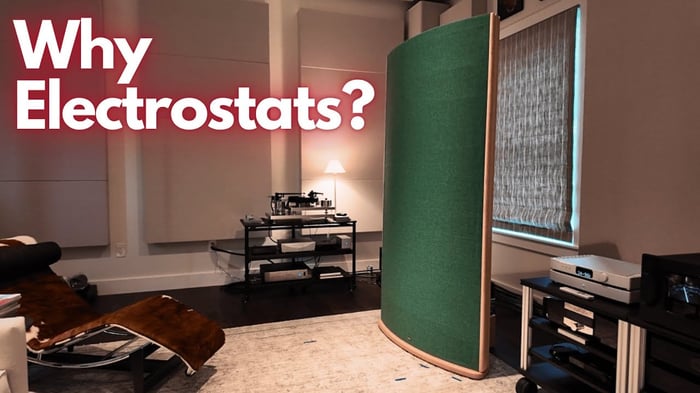
Sound Lab G7-7C Review: Best Speakers Under $50k for Exceptional Audio
Sound Lab G7-7C Review: Best Speakers Under $50k for Exceptional Audio
Explore the unique Sound Lab G7-7C speakers under $50k delivering unmatched imaging and transparency with innovative electrostatic technology.
An Introduction to the Unique Sound Lab G7-7C
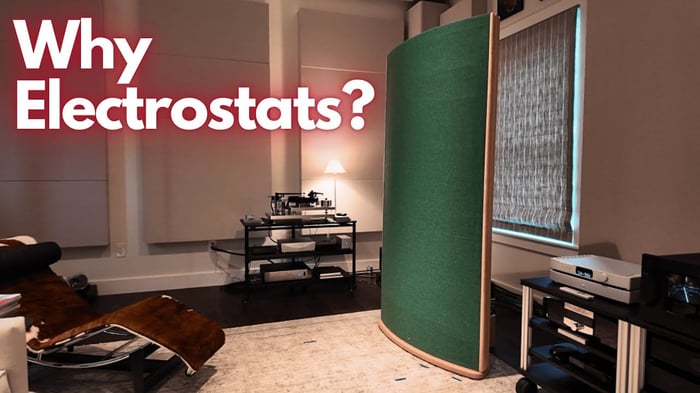
Standing just under 7 feet tall, 3 feet wide, and only 4 inches thick, the Sound Lab G7-7C speaker defies conventional design. Unlike traditional speakers that use cones and domes, these electrostatic panels offer a fresh take on sound reproduction. Priced at $49,500 per pair, the G7-7C may seem pricey, but when you consider that top-tier speakers can cost hundreds of thousands, this model represents a remarkable blend of innovation and value.
Sound Lab, under Dr. Roger West's guidance since 1978, has refined this electrostatic design over more than four decades. This approach is less about rapid leaps like in tech sectors and more about gradual, thoughtful improvements—much like fine French cuisine, handcrafted violins, or the Porsche 911. Electrostatic speakers, including the G7-7C, harness deep understanding of acoustics combined with patient, steady innovation.
How Do Electrostatic Speakers Work?
Let's break down the basics of an electrostatic speaker versus a conventional cone-type speaker.
Traditional speakers use a circular cone or dome that moves air to create sound waves. This movement is powered by a voice coil (a coiled wire) inside a magnetic field. When audio current flows through the coil, it vibrates, pushing the cone to create sound. Typical woofer cones range from 8 to 12 inches, while tweeter domes are about 1 inch.
Electrostatic speakers, like the Sound Lab G7-7C, use a big, ultra-thin sheet of mylar as a diaphragm—about 30 to 40 times larger than a 12-inch woofer cone but incredibly light, weighing as much as a tiny layer of air. This diaphragm is charged to a very high voltage and sits between two flat arrays of insulated wires carrying the audio signal, sometimes at voltages as high as 30,000 volts. This creates attraction and repulsion forces that make the diaphragm vibrate with the music, driving sound over its entire surface rather than just a point.
Advantages of Electrostatic Speakers
Electrostatic speakers come with a host of benefits that attract designers like Peter Walker (Quad) and Arnie Nudell (Infinity):
- Low mass diaphragm leads to less resonant distortion.
- Air mass dampens diaphragm resonances naturally.
- Dipole design eliminates cabinet resonances.
- No crossover needed in large enough panels.
- Dipole radiation minimizes room modal resonances.
- Wide panels reduce lateral first reflections in untreated rooms.
- Line source configuration minimizes floor and ceiling reflections.
- Outstanding phase response enhances sound fidelity.
- Non-magnetic driver system means no hysteresis non-linearity.
Still, electrostats aren't flawless:
- Large physical size is necessary for good bass.
- Efficiency and sensitivity can be limited.
- Dipole radiation causes bass roll-off that must be managed.
- They present a capacitive load, which not all amps handle well.
Sound Quality: What Makes the Sound Lab G7-7C Stand Out?
While theory is fascinating, it's the listening experience that truly matters. Here's what makes the G7-7C shine:
Imaging
The soundstage is huge — roughly twice as wide as typical box speakers. This spaciousness extends in width, depth, and height, breaking free from the usual "rectangle" of sound that box speakers produce. It's like sitting fifth row center at a live concert, with performers sized just right — neither miniature nor oversized.
“With the Sound Labs, performers are arranged on a bigger stage than most of us are used to from stereo reproduction and the performers are appropriately sized.”
However, some instruments, like pianos, occasionally sound slightly off due to microphone placements in the original recording—an issue the speaker can't correct.
Transparency
The G7-7C offers a crystal-clear window into the music, free of fog or haze. This clarity allows you to distinguish even subtle details like guitar strings, drum heads, or vocal nuances. The effect? You feel immersed and relaxed in the music.
Listening to live albums like 4 Way Street by Crosby, Stills, Nash and Young or Waiting for Columbus by Little Feat reveals the G7's ability to separate instruments with precision, making every detail shine.
Transient Quickness
Plucks, strikes, and piano hammers come alive with natural sharpness and speed. This quality injects excitement and realism, drawing you deeper into the music. For example, on the neo-classical album La Folia de la Spagna, the sudden claps of wooden blocks felt startlingly immediate and vivid.
Bandwidth
The G7-7C covers a broad frequency range. It extends cleanly up to 20 kHz with minimal treble distortion, and down below 30 Hz in bass, which is a rarity for dipole speakers. This wide bandwidth ensures both sparkle and depth.
Fine-Tuning and Adjustability
The G7-7C is quite flexible and can be tailored for your room and taste:
- Brilliance control adjusts upper midrange and treble levels.
- Bass level control manages output below 200 Hz, helping flatten bass response.
- Speaker placement — toe-in and distance — dramatically influence imaging and frequency response.
- The G7 supports wider spacing (about 4 feet wider than typical box speakers) for best imaging.
Because it’s a dipole, bass tuning is less about "boominess" and more about room integration—this can be a plus or minus depending on your preferences.
Key Considerations Before Buying
Voicing
The G7-7C has a slightly midrange-forward sound, enhancing clarity and dynamics but occasionally sounding a bit thin on some recordings due to less emphasis on upper bass and lower midrange. This voicing is artistic and will suit many listeners, but others might note it as a departure from the popular Harman curve.
Amplifier Compatibility
These speakers are nominally 9 ohms but swing to 32 ohms in the bass. They need a quality amplifier delivering about 140 watts (or more for larger rooms or dynamic music). A clean, powerful amp like the Audio Research 160S amplifier pairs beautifully with them.
Importantly, the G7-7C's design makes it nearly impossible to damage due to excursion overload — a safe choice for high-end audio lovers.
Size and Style
These are large speakers, available in various heights (just under 5 to 9 feet) and widths (1.5 to 3 feet). Choose dimensions based on your ceiling height and bass needs.
Frame and grille cloth options are abundant, with 72 colors available to suit your decor, so you can personalize your setup.
Performance Outside the Sweet Spot
The G7-7C excels in its sweet spot, but moving just a few feet off-center can cause image collapse. You can adjust toe-in to improve off-axis performance, but the best sound remains in the prime listening position.
Unlike many box speakers, these line-source panels maintain consistent sound whether you're sitting or standing, thanks to their cylindrical wavefront.
Innovative Energizer Design
Unlike traditional electrostatics needing an AC-powered energizer box, the G7-7C uses Full-Range Auto-Bias technology. It derives the high-voltage charge directly from the audio signal, eliminating bulky power cords and simplifying installation. Just plug in your speaker wires and go!
Note: When you first play music for the day, it takes a few seconds for the diaphragm to charge fully.
Summary
The Sound Lab G7-7C is a game-changer in the $50k speaker market. Its imaging and transparency are unmatched, creating an immersive, “you are there” experience in your listening room. While it demands space, power, and a bit of setup patience, the payoff is a truly extraordinary sound quality that many audiophiles dream of.
FAQs About the Sound Lab G7-7C
- What makes electrostatic speakers like the G7-7C different from traditional speakers?
Electrostatics use a charged diaphragm driven by high voltages across flat panels, offering lower distortion and wider soundstages compared to cone speakers. - How big are the Sound Lab G7-7C speakers?
They stand just under 7 feet tall, 3 feet wide, and 4 inches thick, designed as large panels to deliver deep bass and expansive sound. - Do the G7-7Cs require special amplification?
They need a clean, powerful amplifier with at least 140 watts output and good handling of capacitive loads to perform optimally. - Can the G7-7C speakers be customized?
Yes! They offer 72 grille cloth colors and adjustable controls for treble and bass, allowing you to tailor sound and appearance. - Is the Sound Lab G7-7C suitable for small rooms?
Due to their size and dipole design, they work best in larger spaces where they can fully express their soundstage and bass capabilities.
Ready to bring the breathtaking sound experience of the Sound Lab G7-7C into your home? Shop your favorite album cover posters and more at our store for the perfect audio-visual ambiance! Visit Architeg Prints.
 | DISCOUNTGET 30% OFF*Use code on your next order:
|
* This post may contain affiliate links, meaning we earn a commission if you make a purchase through these links, at no additional cost to you.



